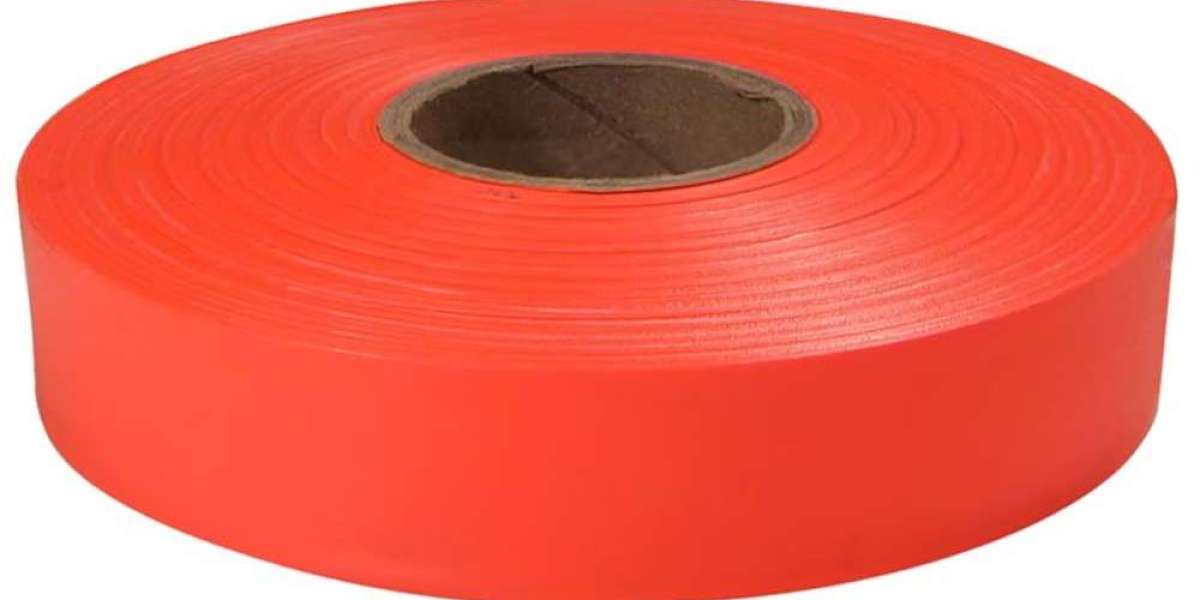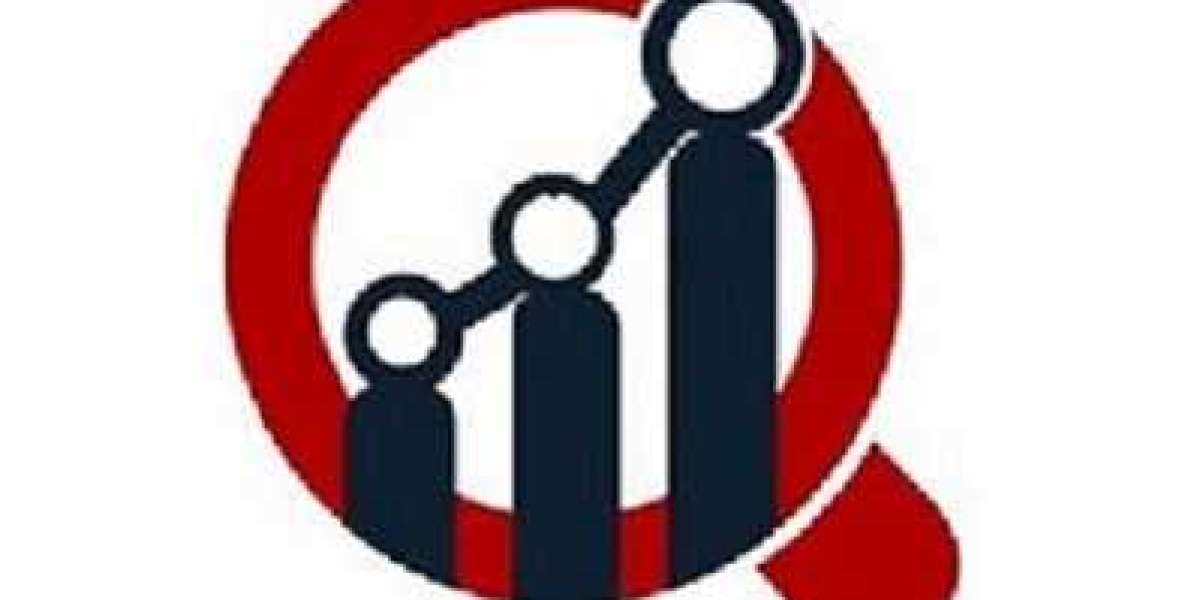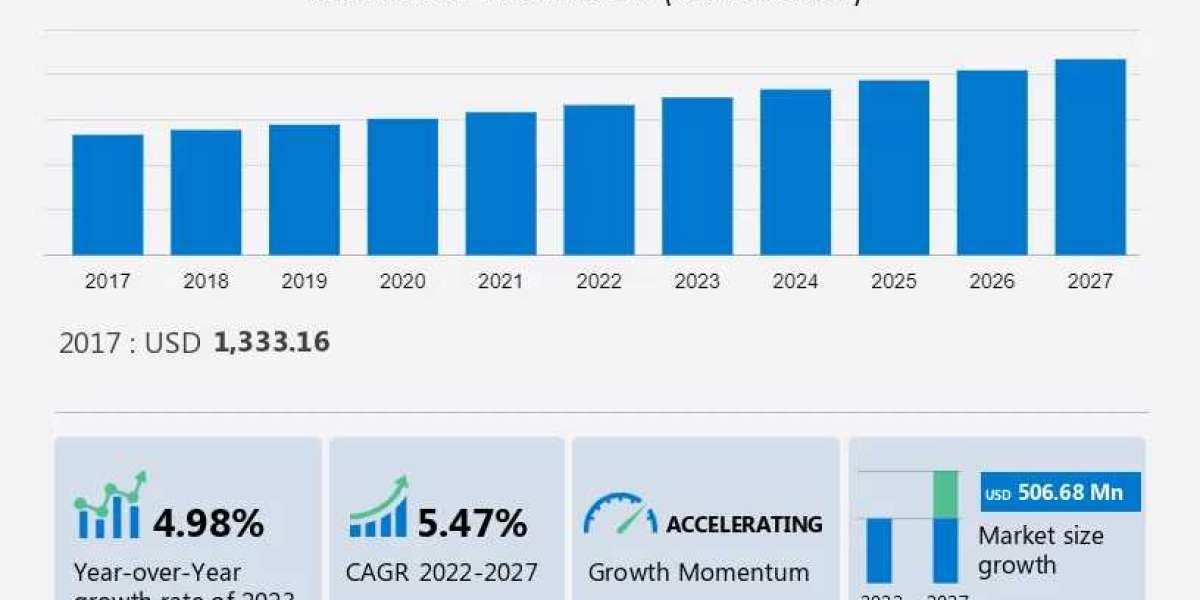In the realm of forestry, where precision and organization are paramount, flagging tape emerges as a versatile tool, revolutionizing the way professionals navigate and manage forested landscapes. While traditionally employed for marking boundaries or identifying trees, the innovative uses of flagging tape extend far beyond its conventional applications. From aiding in research endeavors to enhancing safety measures, this colorful tape has become an indispensable asset in the forestry toolkit.
Understanding Flagging Tape
Flagging tape, typically made from durable materials like polyethylene, stands out for its vibrant colors and high visibility. Originally designed for forestry purposes, its applications have diversified across various industries including construction, surveying, and landscaping. Foresters primarily utilize flagging tape to denote trails, designate boundaries, identify trees for various purposes, and communicate critical information within a forestry setting.
Innovative Applications in Forestry
Research and Data Collection: Flagging tape plays a crucial role in research projects by marking study sites, sample locations, or specific trees for data collection purposes. Researchers can easily identify and revisit designated areas, streamlining the data gathering process.
Wildlife Monitoring: In conservation efforts, flagging tape aids in wildlife monitoring by indicating paths or areas frequented by animals. By strategically placing tape, researchers can observe behavioral patterns or track migration routes without disturbing natural habitats.
Disease and Pest Management: Foresters utilize flagging tape to identify trees afflicted by diseases or infestations. By flagging affected trees, they can implement targeted treatment measures or quarantine procedures, preventing the spread of pathogens or pests.
Harvest Planning: During timber harvesting operations, flagging tape assists in delineating cutting boundaries or marking trees slated for removal. This ensures efficient harvesting while minimizing environmental impact and preserving designated conservation areas.
Silvicultural Practices: In silviculture, flagging tape aids in implementing forest management strategies such as thinning or selective harvesting. By marking trees according to predetermined criteria, foresters can execute silvicultural treatments with precision, fostering healthier forest ecosystems.
Cost Considerations: Flagging Tape Price
When considering the adoption of flagging tape for forestry applications, understanding the cost implications is essential. The Flagging tape price varies depending on factors such as material quality, length, and color options. While basic flagging tape is cost-effective and suitable for standard marking purposes, specialized variants with enhanced durability or reflective properties may command a higher price. Foresters should evaluate their specific requirements and budget constraints when selecting flagging tape to ensure optimal value for money.
Exploring Flagging Tape Suppliers and Manufacturers
In the quest for reliable Flagging tape suppliers and manufacturers, foresters seek providers offering a diverse range of products, competitive pricing, and dependable customer service. A comprehensive market survey facilitates the identification of reputable suppliers capable of meeting both standard and customized requirements. Forestry professionals often collaborate with suppliers who demonstrate a commitment to product quality, sustainability, and timely delivery, thereby establishing long-term partnerships based on trust and mutual benefit.
Conclusion
Innovation knows no bounds in the realm of forestry, and flagging tape stands as a testament to the ingenuity of professionals seeking efficient solutions to complex challenges. As the forestry landscape evolves, embracing the versatility and adaptability of flagging tape opens doors to new possibilities in research, conservation, and sustainable forest management. By harnessing its potential and exploring innovative applications, foresters pave the way for a brighter, more resilient future for our forests and ecosystems.
Through collaboration with reliable Flagging tape manufacturers, forestry practitioners can harness the full potential of flagging tape, maximizing its benefits while minimizing environmental impact. As the forestry industry evolves, embracing innovative uses of flagging tape remains essential for promoting efficiency, sustainability, and stewardship of forest ecosystems.
Frequently Asked Questions (FAQs)
What are the durability considerations for flagging tape in challenging environmental conditions?
Forestry professionals should opt for flagging tape engineered to withstand harsh weather conditions, UV exposure, and physical stress to ensure longevity and reliability in the field.
Can flagging tape be recycled after use?
While some types of flagging tape are recyclable, certain factors such as adhesive residues or contamination may hinder the recycling process. It's advisable to consult with local recycling facilities for proper disposal guidelines.
Are there regulations governing the use of flagging tape in forestry operations?
Regulations regarding the use of flagging tape may vary depending on jurisdiction and land management policies. Foresters should familiarize themselves with applicable regulations and obtain necessary permits or approvals before deploying flagging tape in forestry activities.








